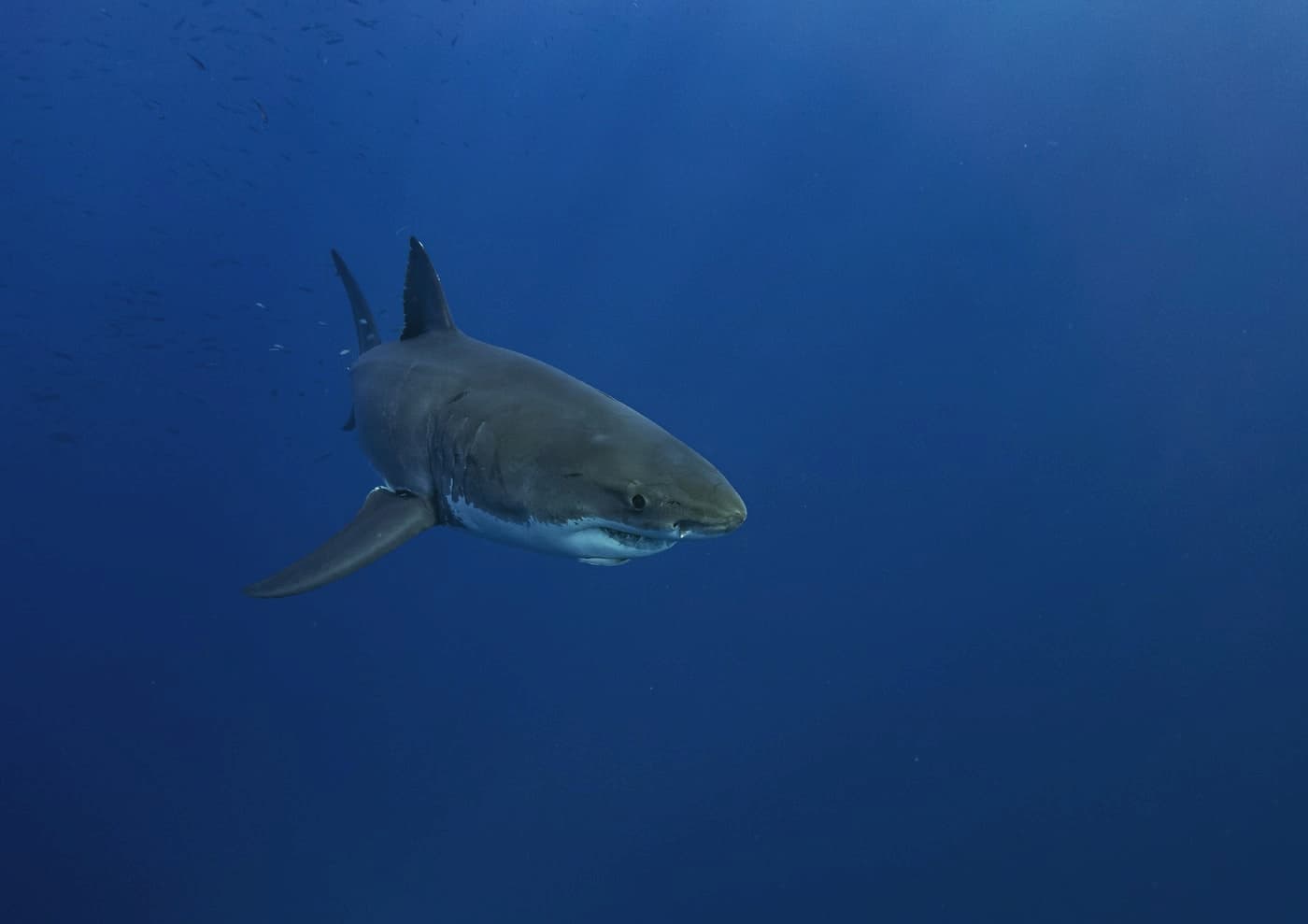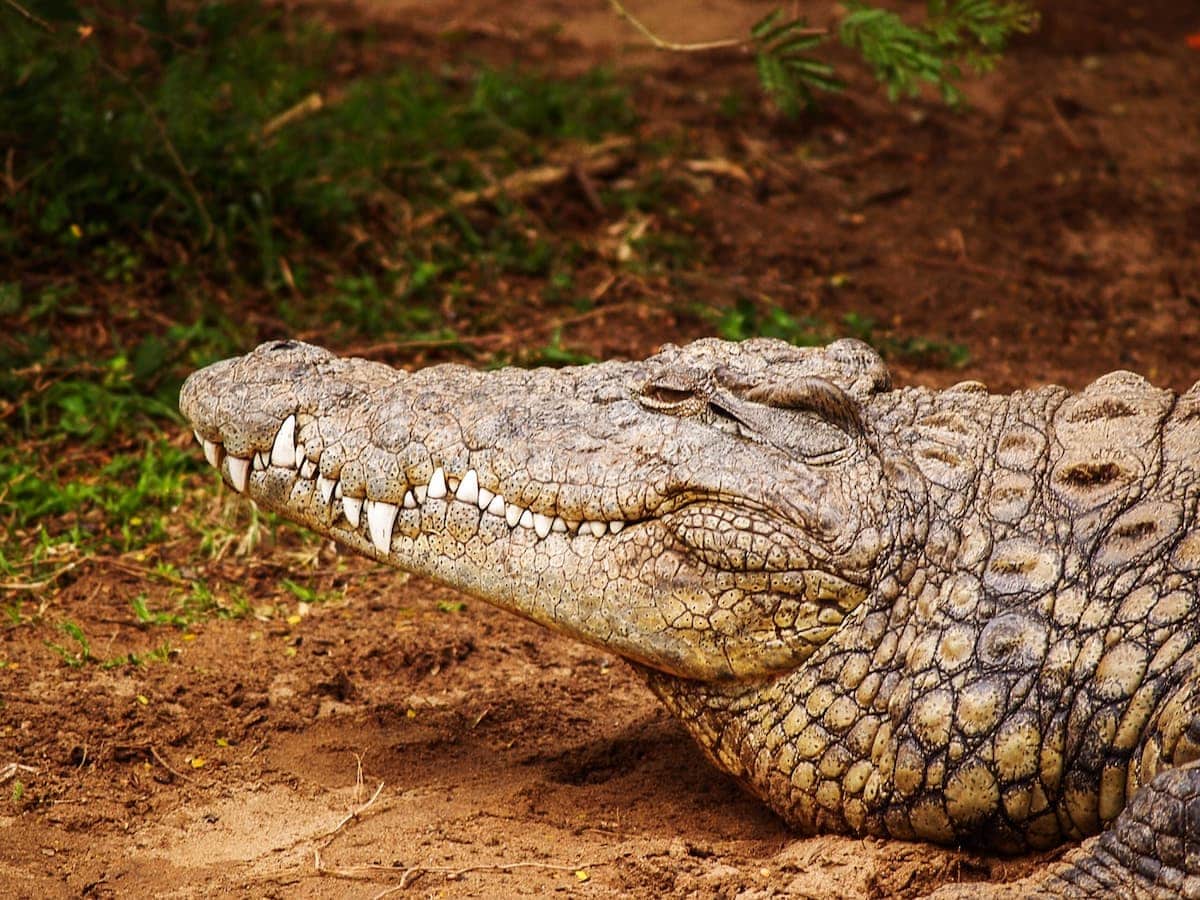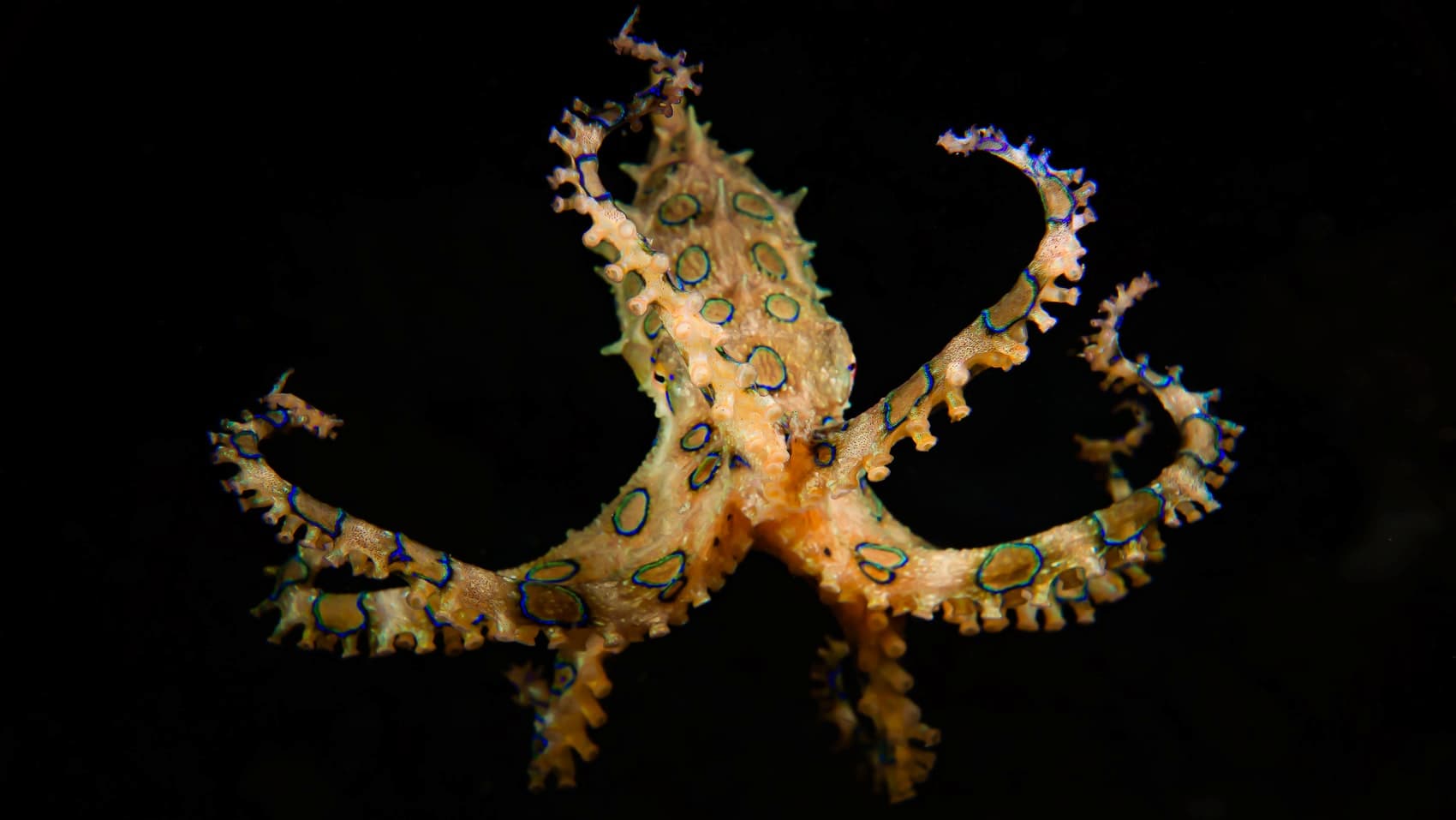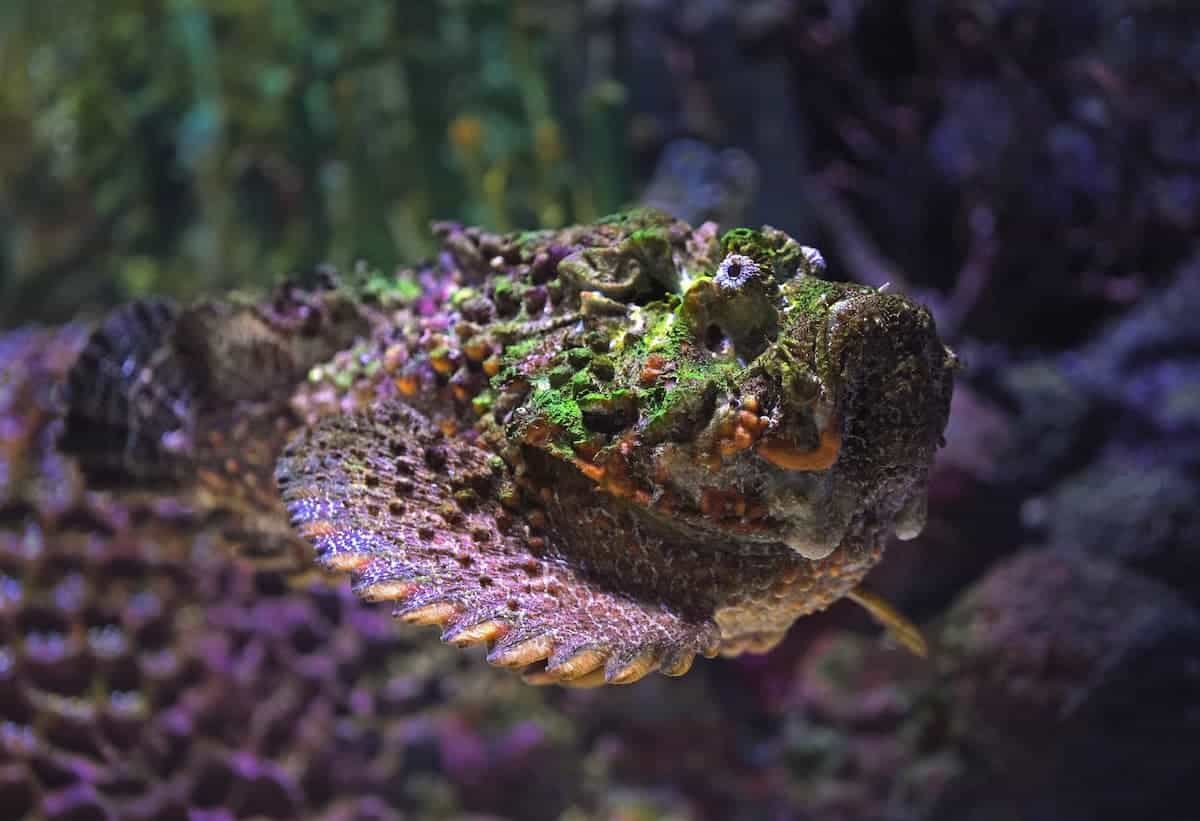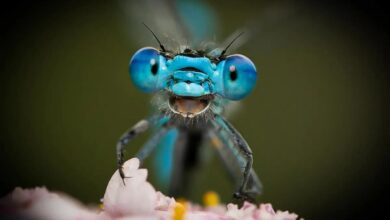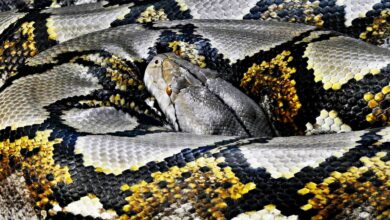Australia’s Deadliest Creatures
When most people think about Australia, they think of the cuddly koala or the kangaroo, but the country also has some of the deadliest animals on the planet.
Sharks lurk in the continent’s seas (including some lakes). On the ground, you may come into contact with highly venomous snakes and spiders. Then there’s the saltwater crocodile, which may torment you on both sides of the river. As if that wasn’t enough, Australia is home to lethal snails, enraged birds, and even dangerous bees.
Here are some of the most dangerous creatures in Australia.
Box Jellyfish
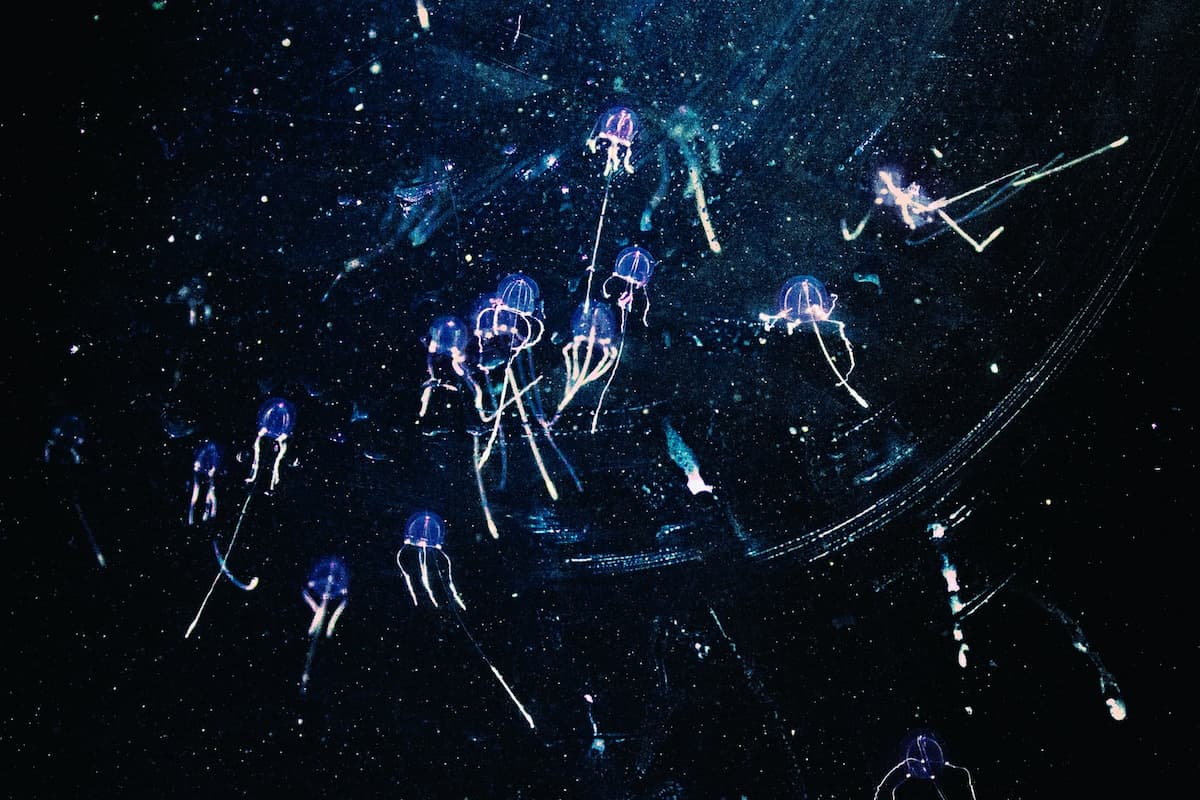
Jellyfish may be a real pain in the neck for swimmers during Australia’s “stinger season” (October to May). Box jellyfish, the most powerful of the bunch, has so much venom that a single sting can be deadly.
The box jellyfish, sometimes known as the “sea wasp,” has venomous tentacles that can reach 9 feet in length and contain 5,000 stinging cells, making it Australia’s second most dangerous stinger (after the cone snail). Even after the victims have left the sea, these cells remain connected to them, causing the burning to continue. Since 1883, the box jellyfish has killed 70 people in Australia.
Taipan Snake
The inland taipan is widely regarded as the world’s most venomous snake, with enough venom to kill over 100 people. Arid locations, such as Queensland, are ideal for this species. Fortunately, they are so rare and solitary that you are unlikely to be bitten by one.
The coastal taipans, their cousins, are more aggressive. They can grow up to six feet long and have the largest fangs of any Australian snake, measuring half an inch.
Their venom is known to induce various symptoms, including migraines, paralysis, kidney damage, and internal bleeding.
Saltwater Crocodile
Saltwater crocs (also known as “salties”) are the world’s largest reptiles and have killed ten people in Australia between 2012 and 2018.
These apex predators enjoy feasting on people (as well as cattle, turtles and even elephants). They’re extremely intelligent, can grow to be 25 feet long and weigh two tonnes, have a bite three times as powerful as a lion’s, and can swim up to 18 miles per hour, so stay away from rivers, swamps, and other areas where danger notices are placed.
If you want to view one up close, visit Cairns or Port Douglas, where boat cruises are available to see them from a safe distance.
Blue-Ringed Octopus
The blue-ringed octopus is small enough to nestle in the palm of your hand. These organisms are among the most poisonous in the water, with enough deadly venom (tetrodotoxin) to kill multiple humans in minutes. They are mostly brown, but when they are agitated or threatened, they display magnificent blue rings, a beautiful sight and a warning to keep away.
Every year, this octopus bites several people, most of them attempting to catch them. Many victims are initially unaffected by the bite but later become paralyzed and have difficulties breathing and swallowing. Only three people have died as a result of a blue-ring bite, two of them in Australia.
Stonefish
The stonefish, the world’s most venomous fish, lurks deep within Australian waters. You’re unlikely to discover these organisms, which resemble rock lumps until you step on one accidentally.
Sharp spines beneath your foot, each packed with lethal venom that can cause unbearable agony, heart failure, kidney problems, and death if not treated appropriately.
Redback Spider
Every year, approximately 2,000 people are bitten by redbacks in Australia; most of them are females, who are larger and more aggressive. They are very venomous and may live in a variety of environments, including urban areas. They’re extremely hard to spot because they like to hide in mailboxes and under toilet seats.
Although their bite usually causes only minor symptoms like a rash and a throbbing sensation,
Brown Snake
Despite being the world’s second most venomous land snake, Eastern brown snakes are Australia’s most deadly snakes. These three-foot predators are quick, irritable, and regrettably, can be found all over the United States.
They are known for striking rapidly, and because their bite is very painless, their victims may not realize what has happened for some time. Victims were usually dead within one hour before an anti-venom medication was developed.
Tiger Snake
Mainland tiger snakes are attractive to look at. Tiger snakes on the mainland prey on unwary victims regularly. They have the second-highest number of bites of any snake in Australia.
This is not because they are more violent than other snakes but rather because of Australia’s southeastern coast. Because the area is densely populated, encounters with humans are inevitable.
They are nocturnal, like most snakes, and come out at night in quest of prey. Mice and rats frequently seek shelter in barns and sheds, and the mainland tiger snake follows the food unintentionally. Bite attacks are most common when snakes are accidentally trodden on in the dark.
Bite bites can be deadly if left untreated. They induce extreme pain, tingling and numbness, followed by breathing difficulties and, eventually, paralysis. Renal failure can also be caused by venom.
Great White Shark
The average length of a great white shark is 20 feet, and it weighs over three tons and possesses 300 razor-sharp teeth. Great white behaviour is to eat seals and sea lions, but they have been known to bite humans on occasion. Even one of their little bites can rip an arm or a leg off.
Great white sharks are common when you travel in QLD Australia. The most recent attack occurred in early November 2019, when two British tourists were attacked but not killed. One of them had to have his foot amputated, while the other had bite marks on his leg.
Sydney Funnel Web Spider
The funnel web, the world’s most venomous spider, is one of Australia’s most feared tiny critters. The fangs of this spider are larger than those of some snakes and strong enough to puncture your fingernails, even though it rarely grows longer than an inch. Its venom, a deadly neurotoxin twice as strong as cyanide, causes havoc with the nervous system.
